Fit to practice: 10 vegetables you should eat more of
Want to be happier and healthier? These power foods will help you achieve that goal at your veterinary practice and at home.

We've got a vegetable problem in our country. The most consumed “vegetables” in the United States include ketchup, iceberg lettuce, and French fries. That's a problem. According to the Center for Nutrition Policy and Promotion and the U.S. Department of Agriculture, only about 40 percent of Americans eat five or more one-half cup servings of fruits and vegetables per day. The problem is magnified by the fact that eating more fruits and vegetables is associated with being happier. Research published in October 2012 by the UK's National Bureau of Economic Research demonstrated that eating seven to eight servings of fruits and vegetables each day is associated with peak mental wellbeing. My take-home message: Eat more veggies. Be happy. Inspired by all this talk of munching wholesome fruits and vegetables, I thought I'd share a list of my top 10 vegetables you need to eat more of each week. Of course, I'd be happy if you ate more vegetables, period, assuming that doesn't include ketchup and French fries.(
Click here
to continue to next page.)

Spinach. Green leafy vegetables such as spinach pack more nutrients calorie for calorie than almost any other food. Loaded with vitamins and a rich source of vitamin K, spinach also provides ample vitamin C and calcium, along with the powerful antioxidant quercetin.
(
Click here
to continue to next page.)
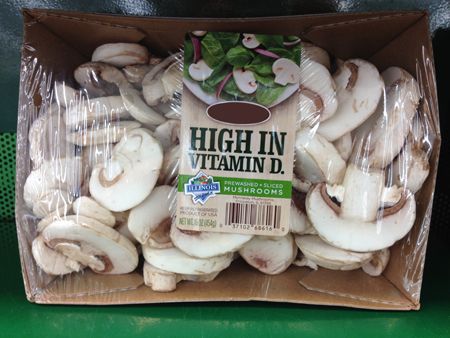
Mushrooms. A staple in Eastern diets and medicine, mushrooms have powerful immune-boosting effects, so make them part of your weekly routine. Maitake, Shiitake, and Reishi are the three types I encourage everyone to include more of in their diet. Cremini (white button mushrooms) are also crammed with healthful goodness. I know mushrooms aren't technically a vegetable; you should still be eating more of them.
(
Click here
to continue to next page.)

Swiss Chard. This is a nutritional powerhouse, a rich source of fiber, calcium, potassium, vitamin C, vitamin A, lutein, zeaxanthin, and beta-carotene. The key is to eat it raw or very lightly cooked. Overcooking can destroy its nutritional value, so go easy on the heat. I add this to fruit and vegetable smoothies to jump-start my day.
(
Click here
to continue to next page.)

Kale. A slightly bitter green and purple, strange-looking veggie you probably avoid in your salads. But don't derail the kale-it's really good for you. Kale consistently ranks as one of the top foods that combat cell-damaging free radicals. Pair kale with almonds, red-pepper flakes, or pine nuts and cranberries with a dash of extra-virgin olive oil in your salad. I routinely add kale and Swiss chard to my breakfast smoothie.
(
Click here
to continue to next page.)
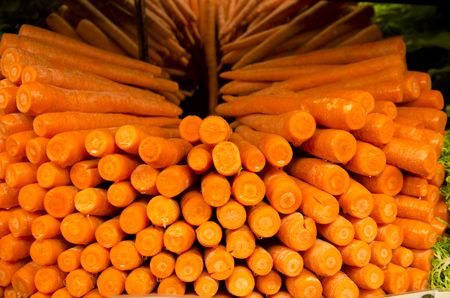
Carrots. Carrots are great for eye health (lutein and zeaxanthin), brimming with alpha- and beta-carotene, and vitamin A. Don't be afraid to mix carrots in your smoothies, salads, or as an afternoon snack. Carrots are one of my favorite snack choices for dogs and people.
(
Click here
to continue to next page.)

Broccoli. Cousin to kale, cabbage, and Swiss chard, you'll be hard pressed to find a more perfectly nutritious vegetable. Women should pay particular attention to broccoli consumption as its anti-cancer properties against breast and cervical neoplasia are well known. One cup of broccoli also contains 2 grams of protein and fiber, potassium, calcium, and loads of other goodness.
(
Click here
to continue to next page.)
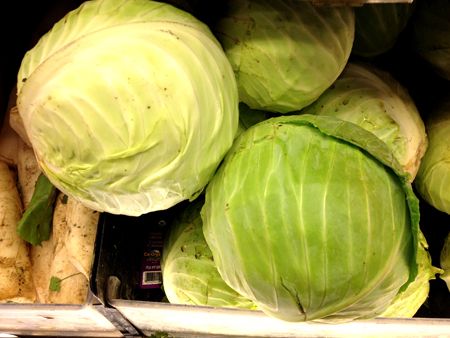
Cabbage. The smell of overcooked cabbage has driven this leafy vegetable out of our kitchens. And that's a shame because it's so good for you. Take the time to learn to correctly cook cabbage and your family and health will benefit from it. Once you master cooking cabbage, the varieties of ways to prepare it are almost endless. My favorite: sauté it. I think this provides the most flavor while retaining all of the nutritional benefits.
(
Click here
to continue to next page.)
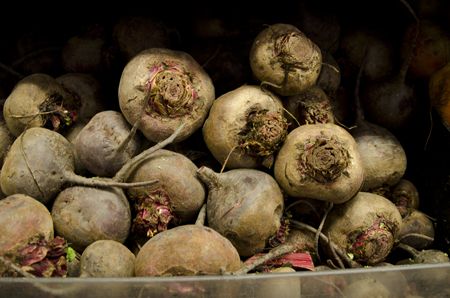
Beets. Beets get a bad rap. Maybe it's the strong flavor, the staining, or because it's not on fast-food menus. Maybe the low-carb folks get angry about the sugar content. Whatever the reason, beets deserve a second chance and a place in your weekly recipes. Beets are heart-healthy, liver-friendly, and high in potassium. Try juicing beets with carrots, apples, spinach, and a dash of ginger. Oven-roasted beets are a delicacy at our house.
(
Click here
to continue to next page.)
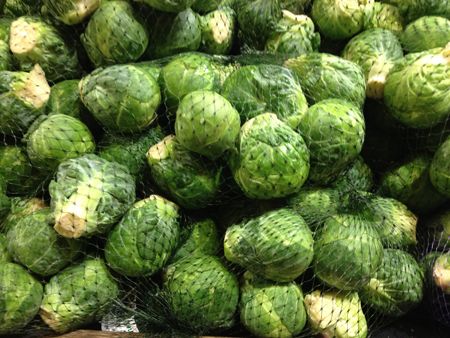
Brussels sprouts. Brussels spouts aren't sprouts but tiny members of the cabbage family. They're high in anti-cancer compounds that may help prevent colon and other cancers. The American Cancer Society loves Brussels sprouts so much, they recommend people eat them regularly. There are so many delicious ways to prepare Brussels sprouts; it's a great vegetable to experiment with in your kitchen.
(
Click here
to continue to next page.)

Dandelion. Have you ever noticed that long, thin green leaf in salads? For centuries this plant has been revered for its medicinal and healing properties. Dandelion ranks alongside milk thistle in aiding liver function. It's also been shown to help treat type 2 diabetes. Add dandelion to your salads, stir-fry, soups, and sautéed with onion and garlic. Many of my friends swear by it as a detoxifying tea. Pick up some dandelion the next time you're at your grocer and try adding it to your meals at least once a week.